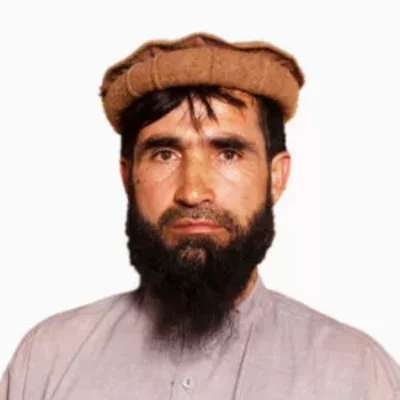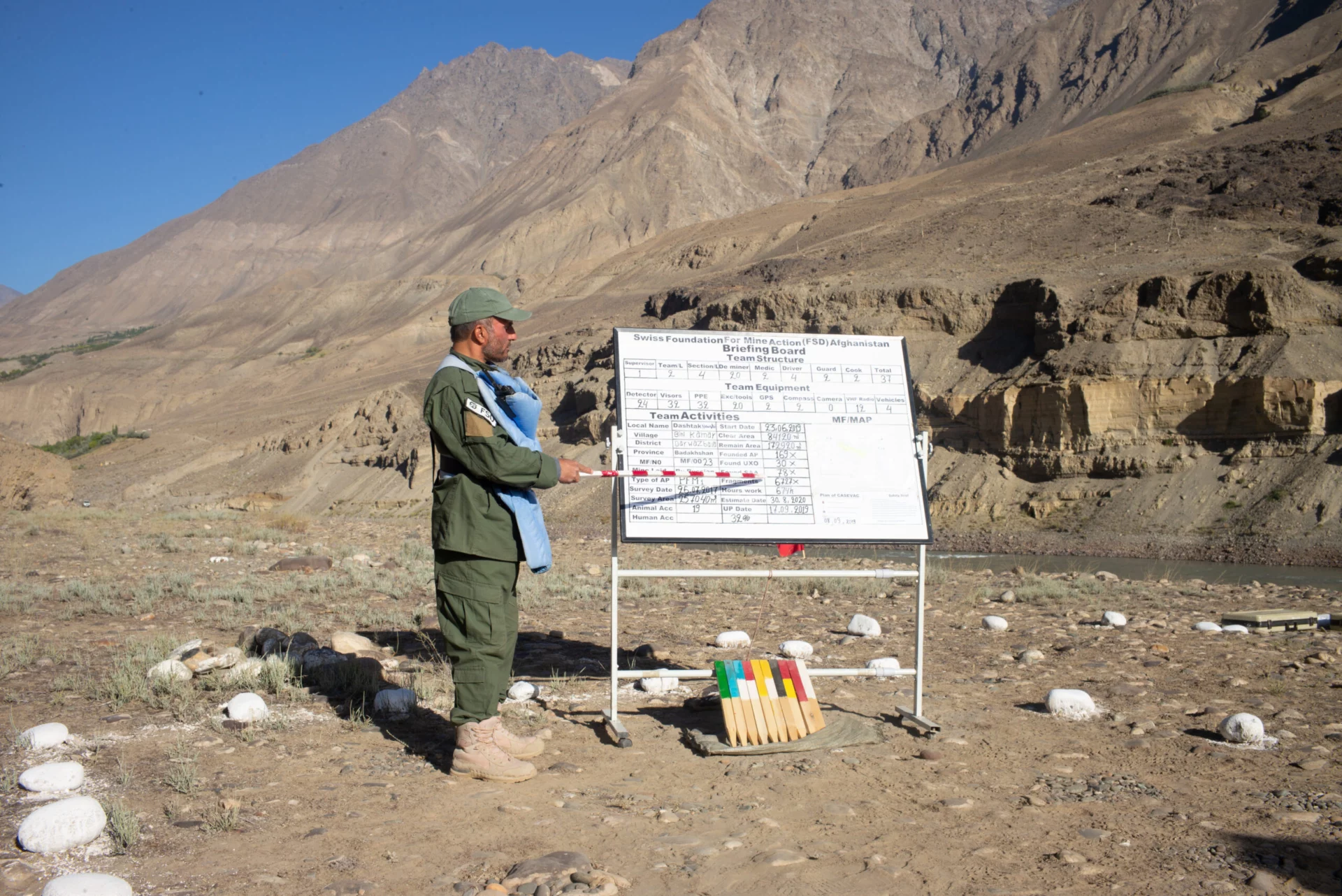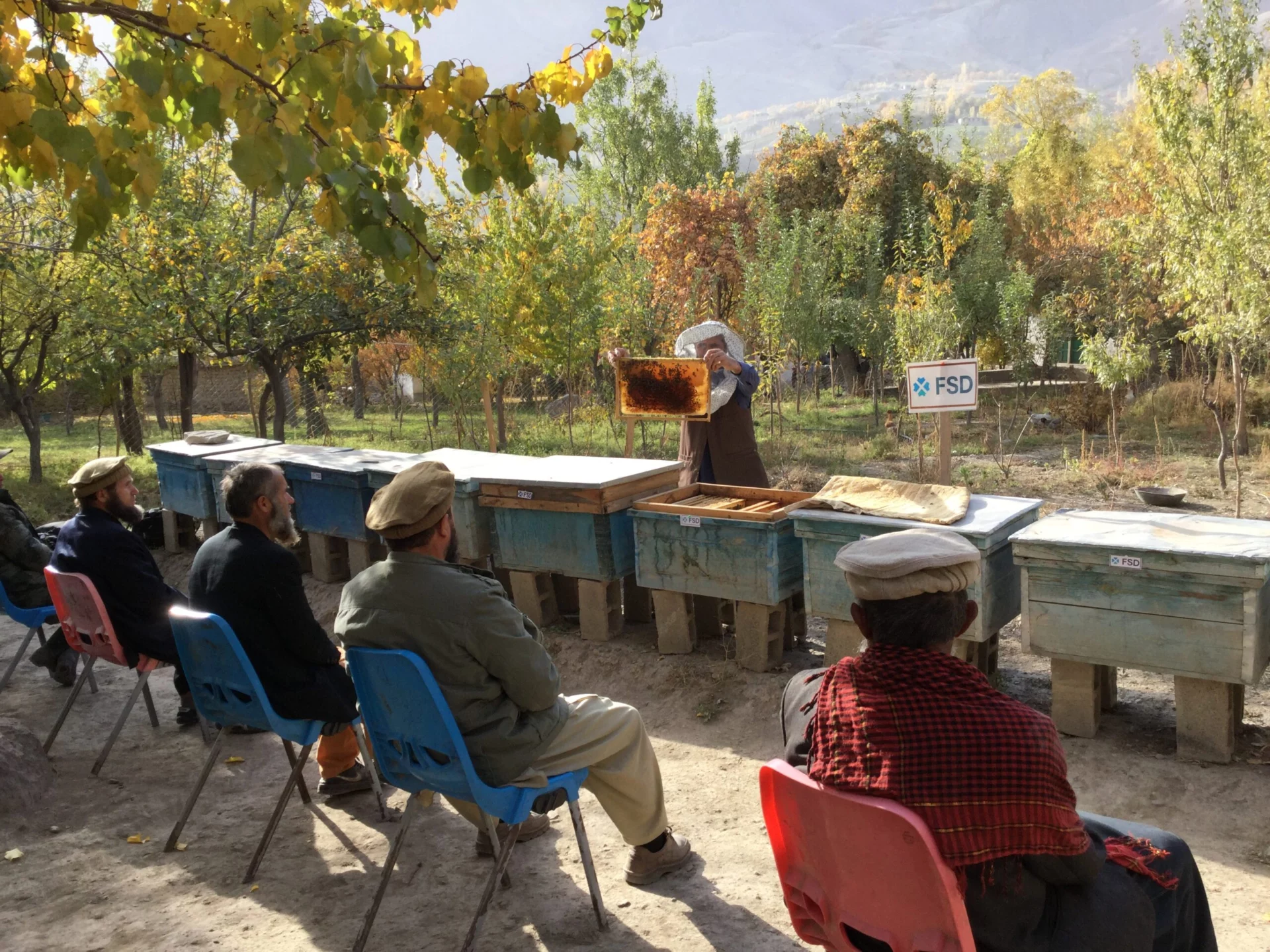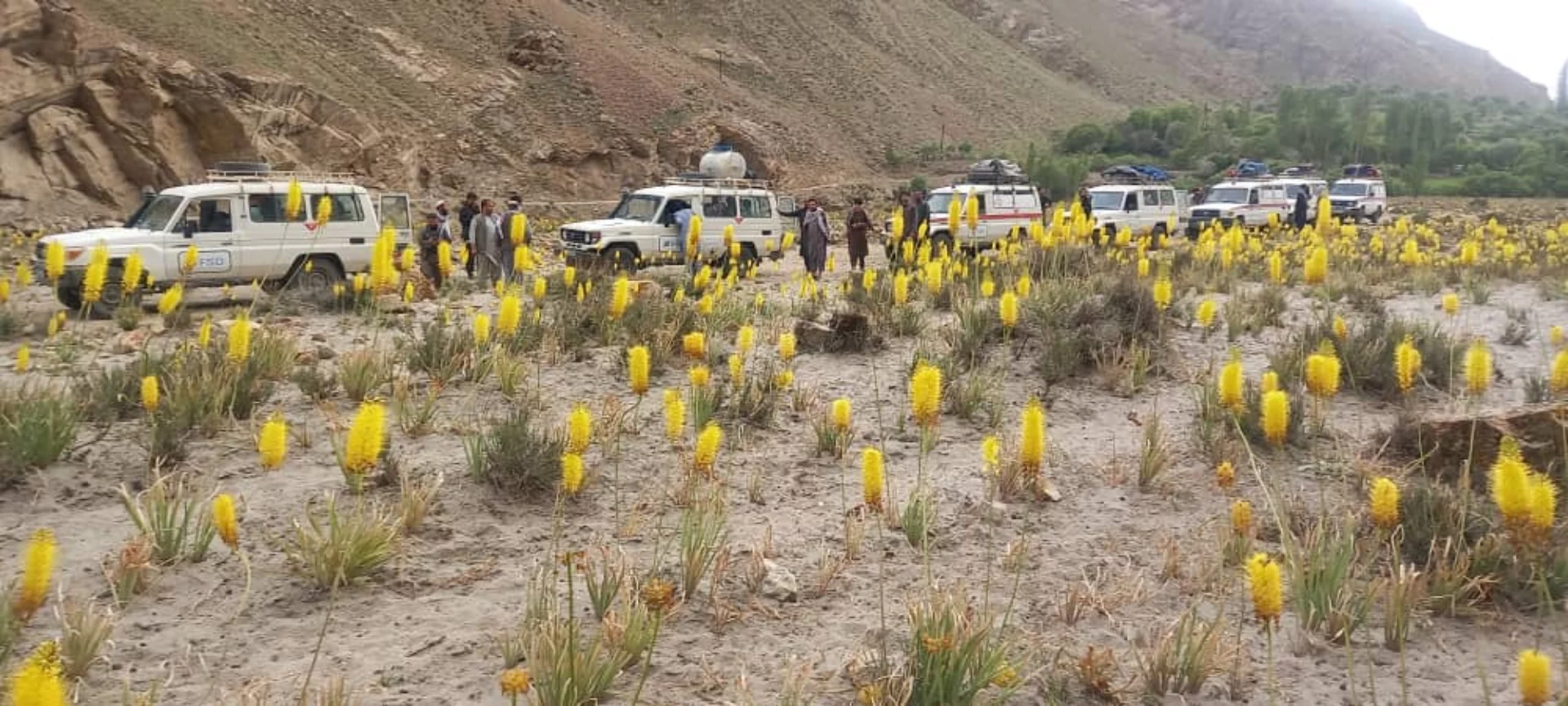We use audience measurement tools (such as Google Analytics 4 and Clarity) via Google Tag Manager to understand how the site is used and to improve it. The data is used for statistical purposes and is not used for targeted advertising.
Afghanistan
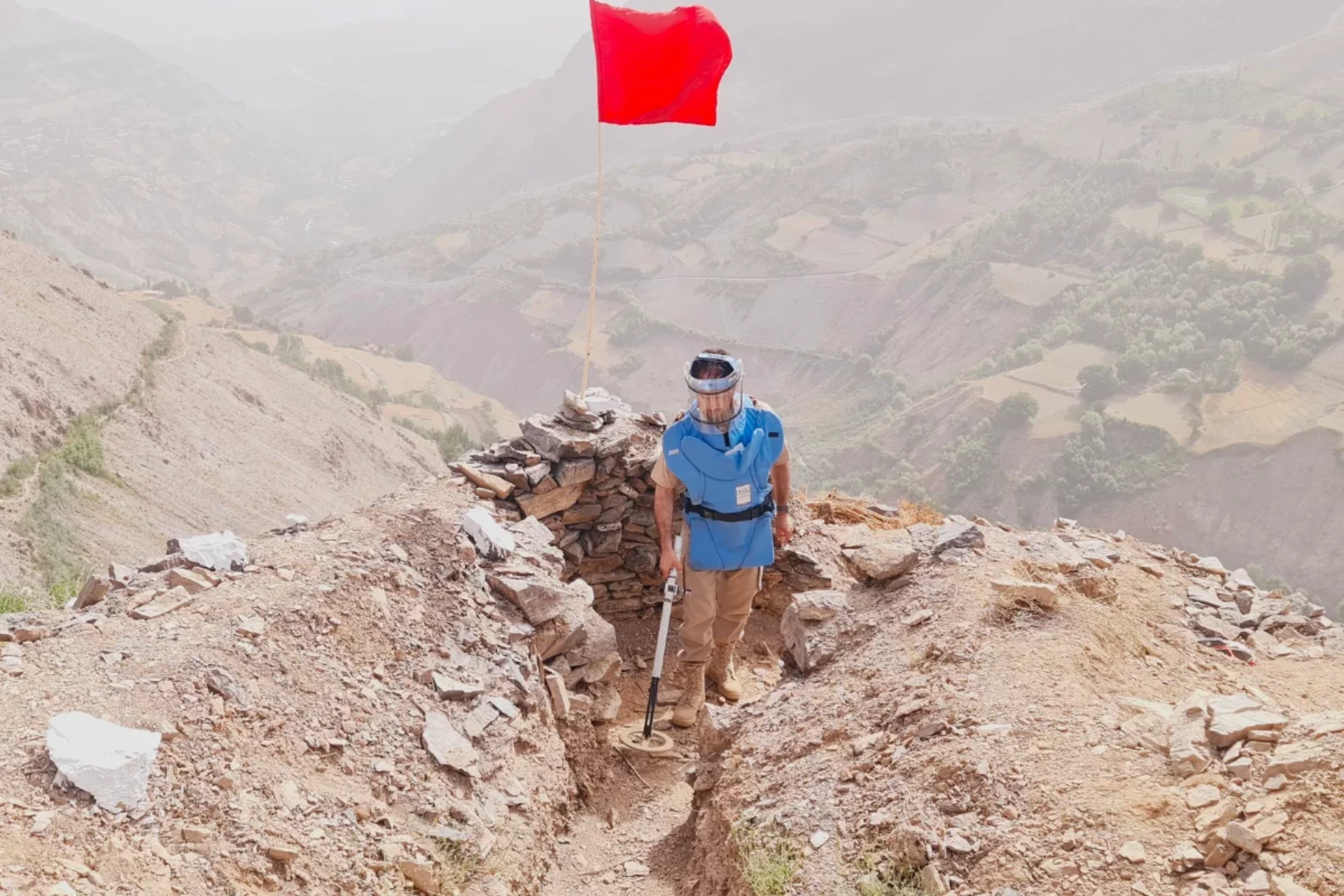
Mine Action
Humanitarian demining
Explosive ordnance risk education
Victim assistance
For over 20 years, FSD has worked in Afghanistan to reduce the risks posed by landmines and explosive remnants of war. Our teams clear land and support the socio-economic reintegration of accident survivors.
A deadly legacy of mines
Afghanistan is one of the countries with the highest number of accidents caused by landmines and explosive remnants of war each year. Since 1989, more than 45,000 people have been killed or injured in accidental explosions. Among the most feared threats are “butterfly mines,” small green plastic anti-personnel mines widely scattered across the country. Light and brightly coloured, they are often mistaken for toys by children, who make up the majority of the victims.
Some children have no option but to cross mined areas to reach school.
Clear of landmines the mountainous province of Badakhshan
Isolated from the rest of Afghanistan by a mountain range, this north-eastern region is difficult to access and receives little international aid. FSD deminers located and destroyed landmines and unexploded ordnance, centimetre by centimetre, they have cleared over four million square metres of land.
At the same time, FSD ran risk education sessions to help local communities recognise dangerous items and adopt safe behaviours.
FSD also supported survivors of accidents through tailored programmes, enabling them to take part in income-generating activities such as beekeeping or sewing.
Our impact in Afghanistan (2024)
43
employees of FSD working in the country
+210,000
square metres cleared
379
explosive devices neutralised
Restoring safe livelihoods
In a country where farming and livestock are essential for survival, nomadic herders are among those most at risk from landmines and explosive remnants of war. By clearing land in Badakhshan, FSD made it possible for agricultural and pastoral activities to resume and allowed children to walk to school without risking their lives. Each cleared area represents a step towards stability: families return to their fields, herds return to pastures, and villages come back to life.
In 2024, FSD’s operations in Afghanistan were supported by the US Department of State as well as private donors.
View all

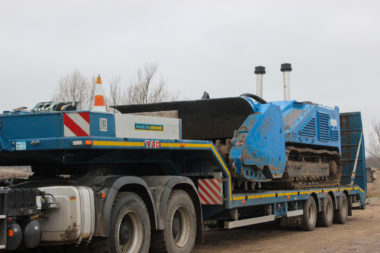
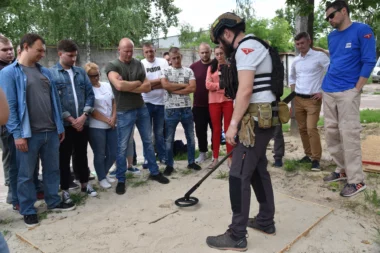

QR Codes to Save Lives
In Kharkiv province, Ukraine, residents live every day with the invisible yet very real presence of explosive remnants of war. FSD…
Prevention and risk education

FSD strengthens Ukraine’s mechanical demining capacity with new SECO-funded project
FSD has launched a new project funded by the Swiss State Secretariat for Economic Affairs (SECO) to help the State…
Machines, drones and technology Humanitarian demining Non catégorisé

How to become a deminer?
FSD’s deminers come from all walks of life: farmers, teachers, IT specialists and many others. Many have had their lives…
Humanitarian demining Iraq
